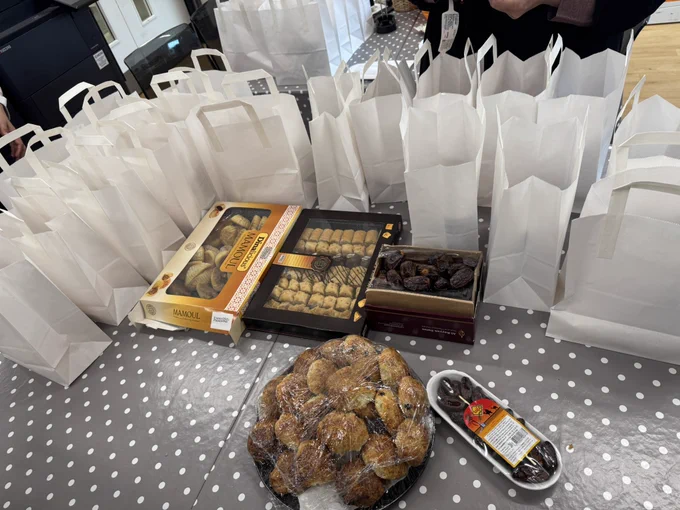Computing
Introduction
A high-quality computing education equips pupils to use computational thinking and creativity to understand and change the world. Computing has deep links with mathematics, science and design and technology, and provides insights into both natural and artificial systems. Computing builds on the Technology aspect of the Early Learning Goals within the EYFS
An excellent, working knowledge of computing and IT is an important part of equipping children for future learning and future work. We believe in teaching children the key knowledge and skills to enable them to use technology to complement and improve their work and life experiences.
Our computing curriculum has three main strands:
- Digital Literacy - e-safety and using the most functional technology for the task
- Information Technology – the use of computers for functional purposes
- Computer Science – programming, coding ad problem solving
Rationale
Our computing curriculum is designed to give children the ability to use computers and software and to become digitally literate. In our modern society, where new technology is being introduced and developed constantly, it is important that children have an insight into how digital systems work and how they can use programming to effect changes. They also need the skills to be able to respond to developments in technology and gain new knowledge.
Intent
At HPAHP, our curriculum is designed to cover the full range of National Curriculum objectives for KS1 & KS2. National Curriculum objectives for Computing are outlined by Key Stage, not year group or phase. Accordingly, HPAHP will achieve progression by repeating key stage objectives from one year group to the next, but in increasingly complex contexts or with increasingly complex tasks. This applies particularly to the e-safety and programming elements of the Computing curriculum. For example – To write programs that accomplish specific goals in Year 3 may be achieved with simple forward/back/turn movements on-screen, but in Year 6 it would be achieved by programming a physical system to grab hold of an object and then release it elsewhere.
Our curriculum is designed to maximise the use of efficient and intuitive technology and therefore focuses on using touch-screen and block-based programming software in KS1 & Lower KS2 before advancing to keyboard and screen and character-code programming in Upper KS2. Our aims within computing align with the National Curriculum. We aim to ensure that all pupils:
- can understand and apply the fundamental principles and concepts of computer science, including abstraction, logic, algorithms and data representation
- can analyse problems in computational terms, and have repeated practical experience of writing computer programs in order to solve such problems
- can evaluate and apply information technology, including new or unfamiliar technologies, analytically to solve problems
- are responsible, competent, confident and creative users of information and communication technology
We recognise that children in our academy use a wide range of technology in a range of contexts and need to be equipped with a solid understanding of internet safety.
Implementation - What does Computing look like at HPAHP?

How will we implement our computing curriculum?
Computing is a significant part of everyone’s daily life and we want our children to be at the forefront of new technology. Children will have opportunities to use a range of technology both within computing lessons and across the curriculum. Computing is taught weekly through Purple Mash with clear progression of skills for each year group.
In the Early Years, children will be taught to recognise that a range of technology is used both at home and at school. Children will have opportunities to select appropriate technology for a particular purpose and we will encourage parental feedback so that we know how children access and use technology at home.
Impact - How will we evaluate the impact of the computing curriculum? At HPAHP, we believe that when assessing computing it is important to look for evidence of knowledge of understanding as well as technical skills. Asking pupils to talk about what they have learned as well as showing the work they have completed, will provide important evidence of learning which is collected on Purple Mash. We assess through observation of work on tasks, contribution to class discussion and peer discussions. End of unit low stakes testing allows us to see what has been learnt during the unit and therefore gives us the evidence of the impact the computing curriculum has had.















